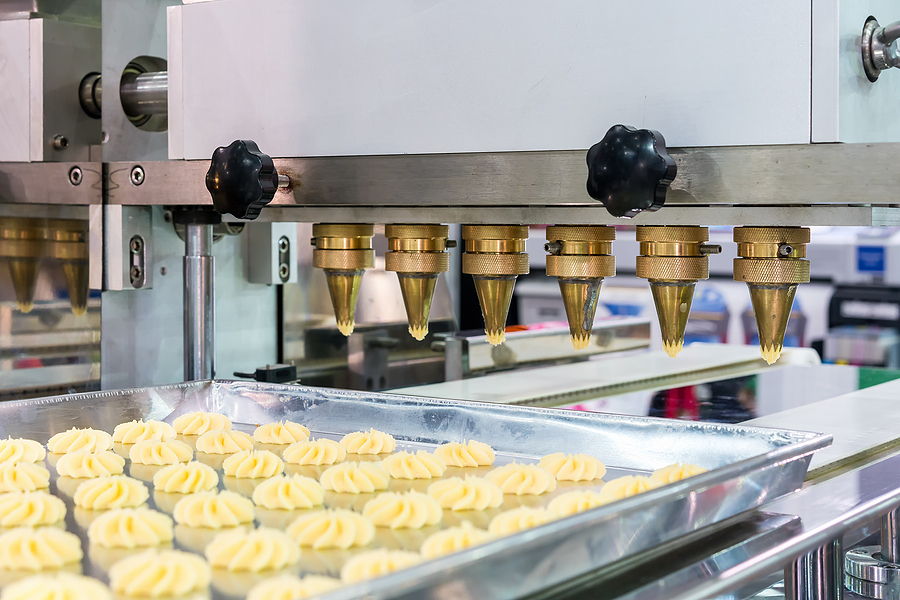After receiving a call from a CBS affiliate asking about what’s going on in the food industry, we thought it would make for an interesting deep dive. In addition, we have been working with companies from farm to table and from machinery equipment to logistics/ food service distribution and grocery, and the coronavirus impacts have been vastly different. Whether you are related to food and beverage or not, undoubtedly you have some sort of connection or impact throughout your end-to-end supply chain. At a minimum, the concepts are the same and so take note.
Are you supporting grocery or hospitality?
The answer provides a night vs day response. Of course, grocery saw the largest increase in history early on during the coronavirus lockdown. People hoarded groceries, consumption increased (after all, virtually all consumption occurred at home), and manufacturers and distributors couldn’t keep up. Grocery sales saw an unprecedented uptick early on during COVID-19 and it has leveled out to be a slight increase. Due to a surge in coronavirus cases at meat packing plants, there was a lot of concern about a shortage of meat but it didn’t materialize in any substantial way.
On the other hand, companies that supply hospitality and restaurants saw a dramatic drop. One of my supply chain colleagues went to her local restaurant and brokered a deal for what she couldn’t find at the grocery store. Supply chains were completely out of whack. Channels weren’t agile, packaging was different and demand and supply were completely out of alignment! Clients and colleagues that served restaurants and the hospitality industry saw volumes go to 0 overnight. Let’s hope they had a diversified customer base. However, even if completely dependent on hospitality, the agile and proactive quickly turned left and found new opportunities.
Is Your Customer Base Diversified?
Customers with a diversified customer base have fared better than the rest. For example, our clients supported each of these types of customers:
- Grocery – clearly, this segment was largely up
- Big box stores – again, these stores at least kept operating. Volumes were down slightly but carried on.
- E-commerce – the one unanimous HOT SPOT across the board.
- Healthcare – definitely down. No one was going to the doctor or saw medical professionals unless they had COVID-19
- Weight & body building – again, down since no one was going to the gym.
- Starbucks & fast food – at first, these were down but they quickly recovered, depending on the product sold. For example, if it was a food product consumed in the store (not typically in the drive through), sales dropped.
- Restaurants & hospitality – DOWN, DOWN, DOWN
The Misalignment of Demand & Supply
By NO means could our clients assume their customers’ history would be a good indication of the future. In fact, in many cases, their customer supplied radically different customers, and so it was really the customer’s customer that had to be understood. Getting in touch with our extended supply chain to better understand demand was a good start. Staying on top of changing and evolving needs was critical. Extending help to customers went a long way. The bottom line is to get on top of demand to the best degree feasible.
Of course, the supply base is experiencing the same level of unprecedented volatility. Thus, getting on top of supply is also essential. All-in-all, getting on top of demand and supply and continually re-aligning, readjusting, and addressing gaps (retooling, creating partnerships, repackaging and other innovations) minimized the level of supply chain shortages.
What is the Status of the Food Industry?
Supply chains are more local and somewhat resilient which helped clients adjust more quickly to the changing conditions. Also several clients reduced the number of variations offered to better manage the process and/or to address a supply issue proactively, and it seems to have been a successful approach. Thus, the bottom line is that there weren’t noteworthy shortages beyond the first few weeks of panic buying.
What Should We Do?
Smart and innovative clients are thinking ahead and taking the opportunity to evaluate..
- Customer preferences: Think about changing customer preferences and consumer buying behaviors to develop and/or adjust products and services to meet evolving customer needs and to fill gaps.
- Technology: Implement key technologies to better support improved operational efficiencies and a superior customer experience.
- Predictive Analytics: Design and build analytical models and dashboards to use understand how to better predict customer behavior and manage operational cost. Business intelligence, predictive analytics and artificial intelligence/ machine learning is offering great promise.
Interestingly, although this feedback was geared to food and beverage, the same types of situations were prevalent in other industries as well. In aerospace and defense, commercial aerospace took a nosedive while defense stayed constant. In building products, if your products supported at home improvement projects, demand was up whereas commercial real estate for retail is in sorry shape. In healthcare, if you are in PPE, you cannot keep up whereas if you are in any field not directly related to coronavirus (such as elective surgery, cancer or a primary physician), you were twiddling your thumbs.
Who are your customers? Are you diversified? What risks exist? Evaluate your extended supply chain and future-proof your manufacturing operations and end-to-end supply chain. Check out our eBook and contact us if you’d like to brainstorm these concepts further.



